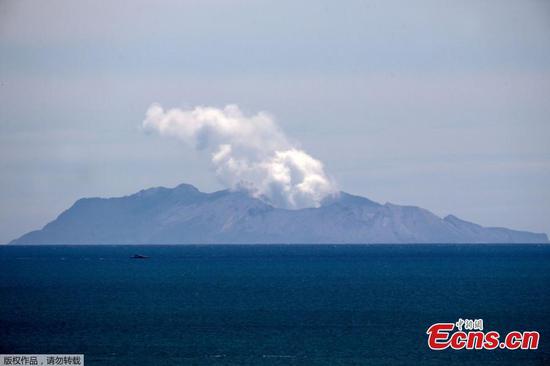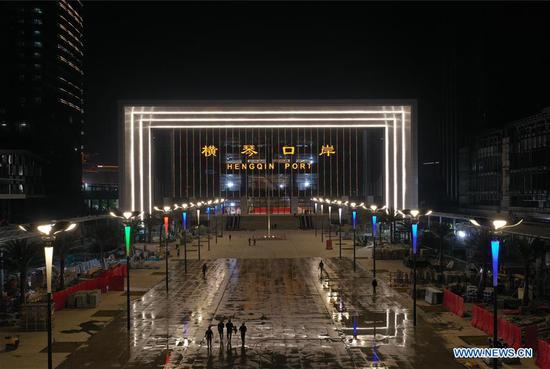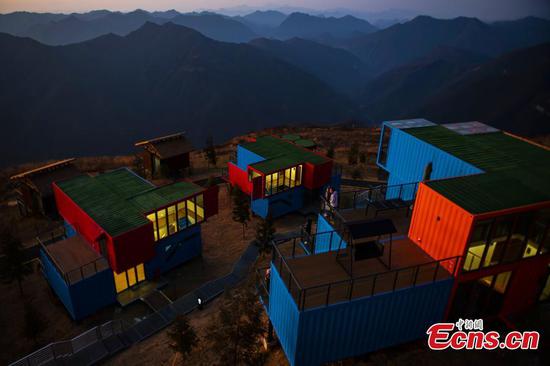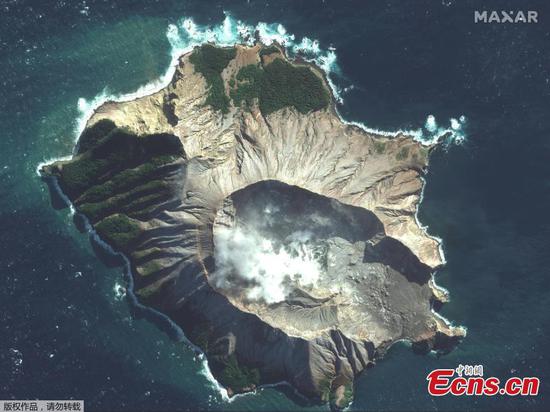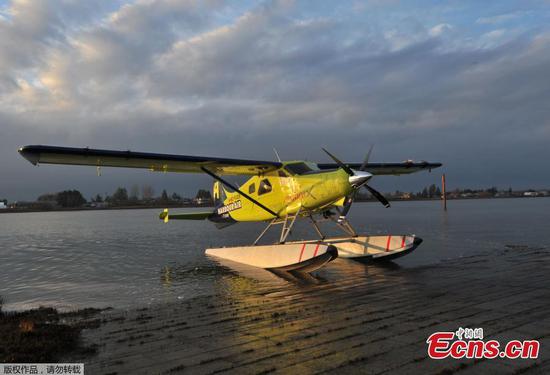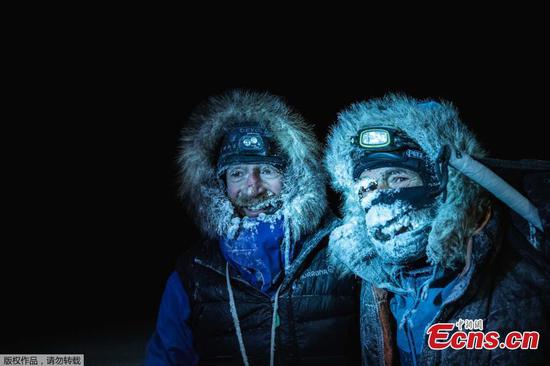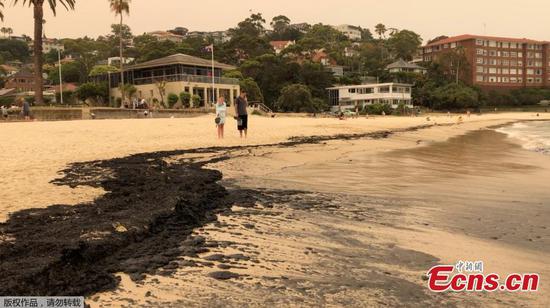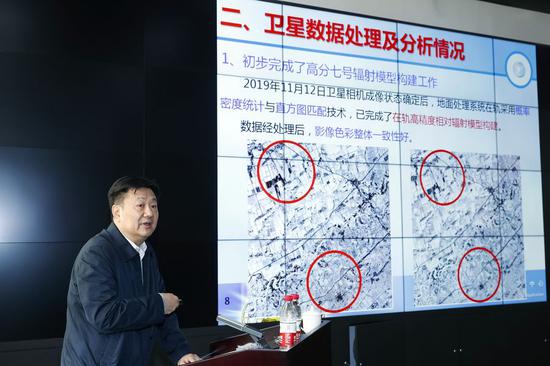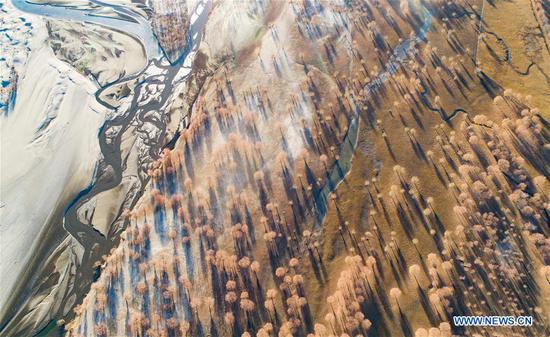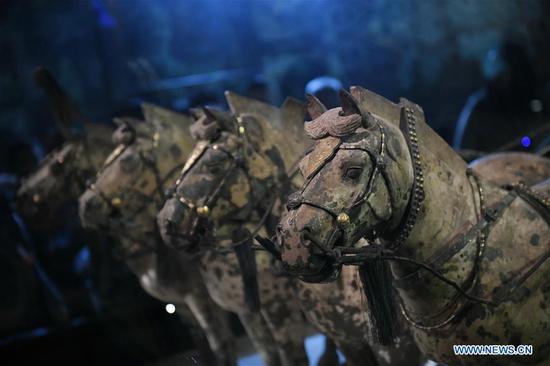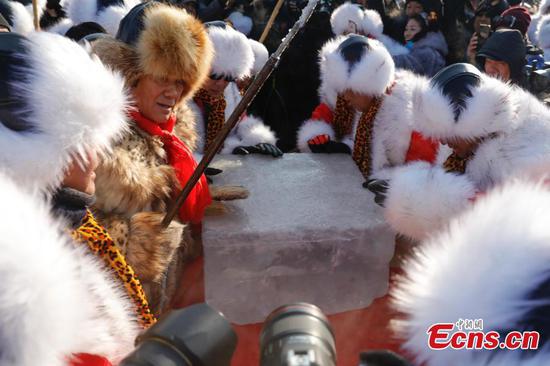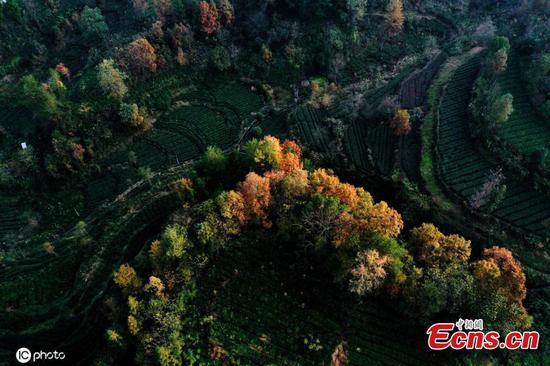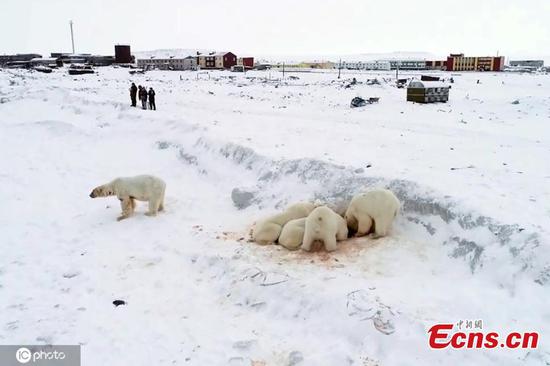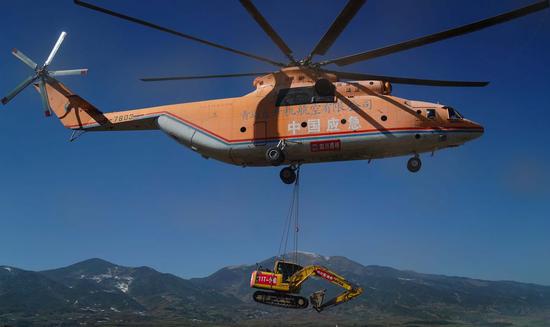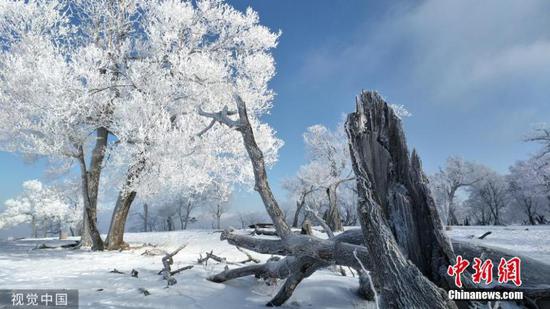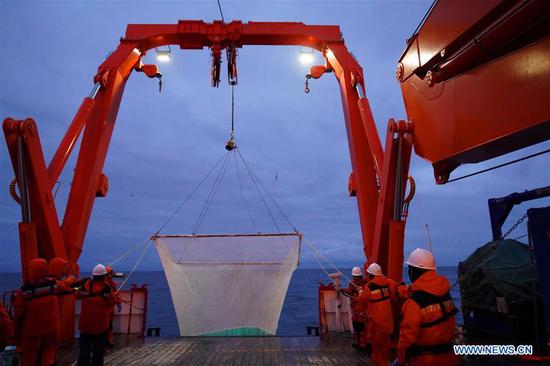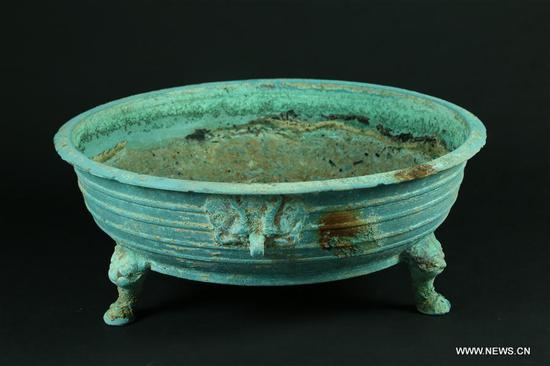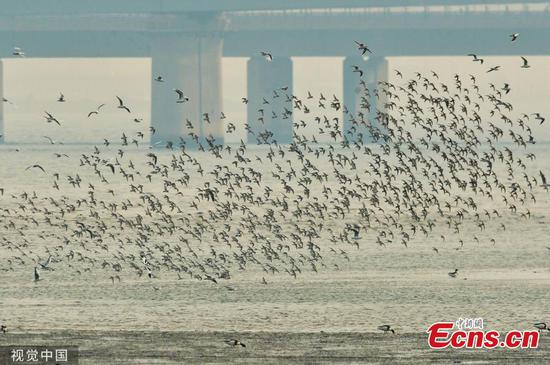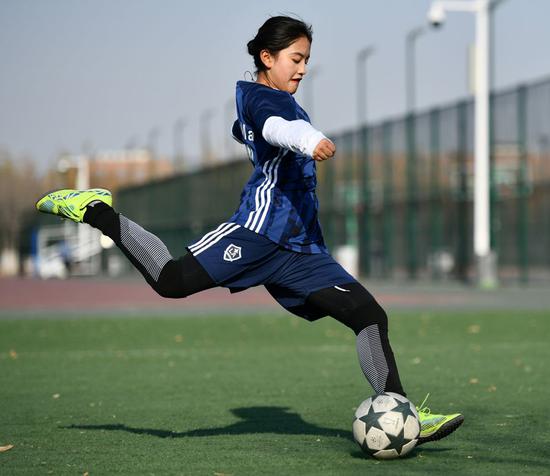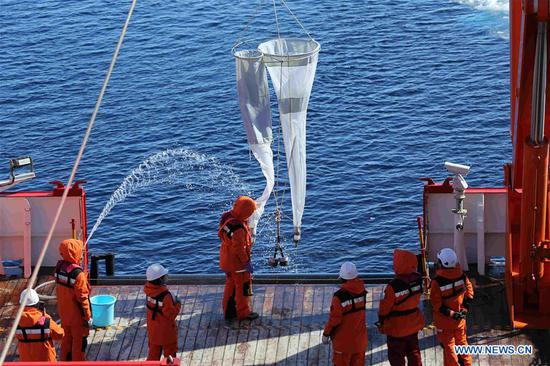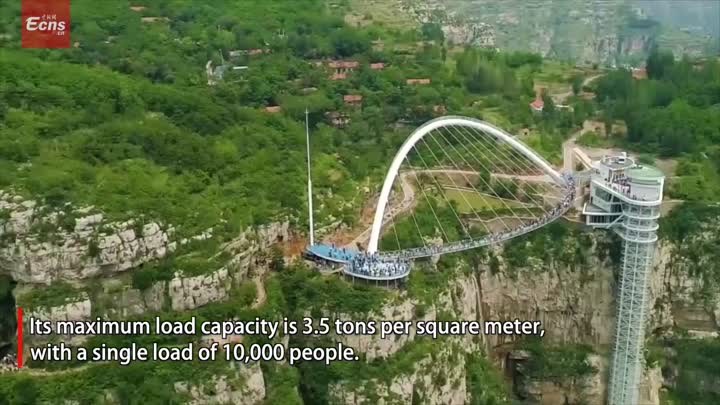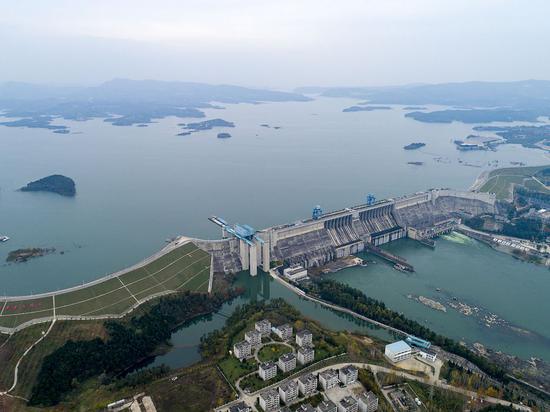
The Danjiangkou reservoir in central China's Hubei Province, Nov. 26, 2019. (Xinhua/Xiong Qi)
For 67-year-old farmer Zhang Qinhu, the highlight of the past five years is that he and his fellow villagers have bid farewell to muddy well water.
"It was hard to descale kettles, so we had to frequently buy new devices in the past. Thanks to a canal, we can get cleaner, safer drinking water now," said Zhang from a village in the city of Jiaozuo, central China's Henan Province.
The canal he mentions runs for 1,432 km, roughly the distance from New York to Orlando, Florida. It is the main part of the middle route of the south-to-north water diversion project, the world's largest.
The project was designed to take water from China's longest river, the Yangtze, through eastern, middle and western routes to feed dry areas in the north.
The middle route is the most attention-grabbing of the three due to its role of bringing water to the Chinese capital, and it started supplying water on Dec. 12, 2014. The first phase of the eastern route started operation in November 2013.
Over the past five years, the middle and eastern routes of the project have benefited more than 120 million people, according to the Ministry of Water Resources.
BRINGING CLEAN WATER TO NORTH
In a lab in northwestern Beijing, Wang Xiaoyu is busy monitoring and analyzing data related to the quality of water from the south. Besides monitoring devices, the center where Wang works also uses luminous bacteria and fish as indicators of water quality.
"Water from the south is very important for Beijing residents. We must be very cautious, keeping watch on each abnormal data fluctuation," Wang said.
The water from the Danjiangkou Reservoir in central China's Hubei Province gushes north by canal and pipeline and runs across Henan and Hebei provinces before reaching the water treatment plants of Beijing and Tianjin.
More than 70 percent of tap water in Beijing's main urban areas is from Danjiangkou, benefiting over 12 million residents, nearly half of the city's total population.
Beijing's annual water consumption had been about 3.6 billion cubic meters. But with local supplies at only about 2.1 billion cubic meters, the capital faced a shortfall of 1.5 billion cubic meters every year, which had been met largely through groundwater extraction.
The diverted water has replenished the city's water resources and ensured the security of water supply, said Wang Junwen, deputy director with Beijing water resources control center.
The project has seen the city's per capita water resources increase from 100 cubic meters to 150 cubic meters. Meanwhile, by the end of October, the average depth of the underground water in Beijing's plain areas stood at 22.78 meters, 2.88 meters higher than that before the diverted water flowed to Beijing.
China's densely-populated northern region has long suffered acute water shortage, leading to groundwater overexploitation and river water shrinking.
To optimize the allocation of water resources and quench the thirsty north, the idea of diverting water from the resource-abundant south to the north was first envisioned by China's late leader Mao Zedong in the early 1950s.
"Over the past five years, the middle route of the water diversion project has yielded remarkable social and ecological benefits," said Yin Yanfei, an official with the Construction and Administration Bureau of South-to-North Diversion Middle Route Project.
In Tianjin, the water supply of residents in 14 districts is all from the diversion project; the Yangtze River also feeds 37 cities and counties in Henan and over 90 cities, counties and districts in Hebei.












